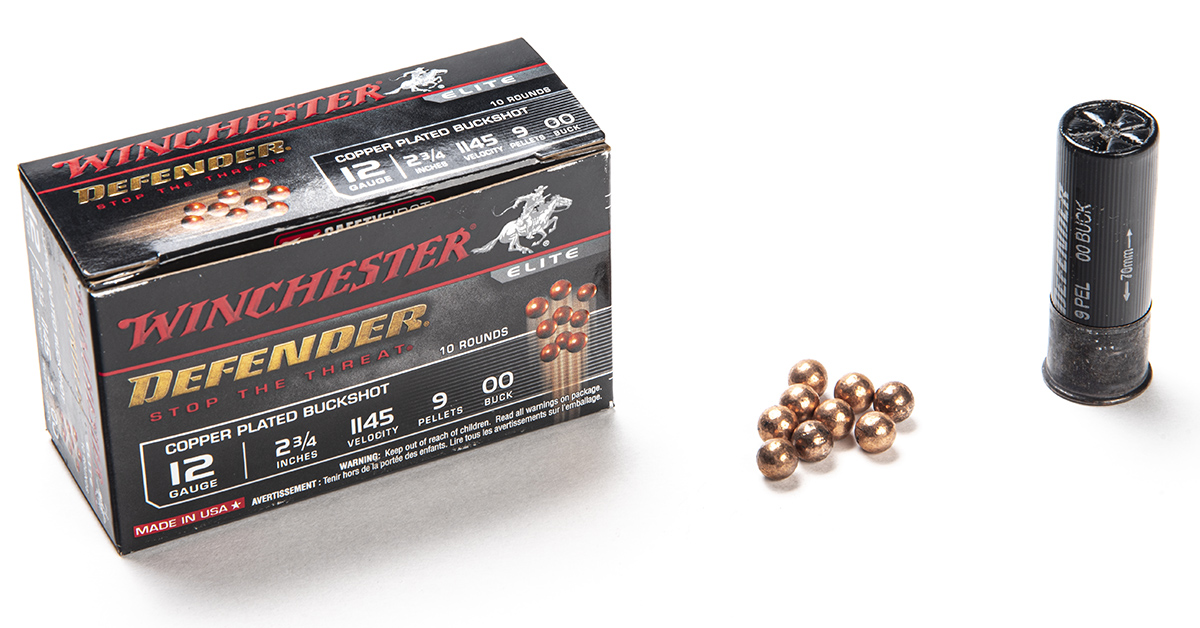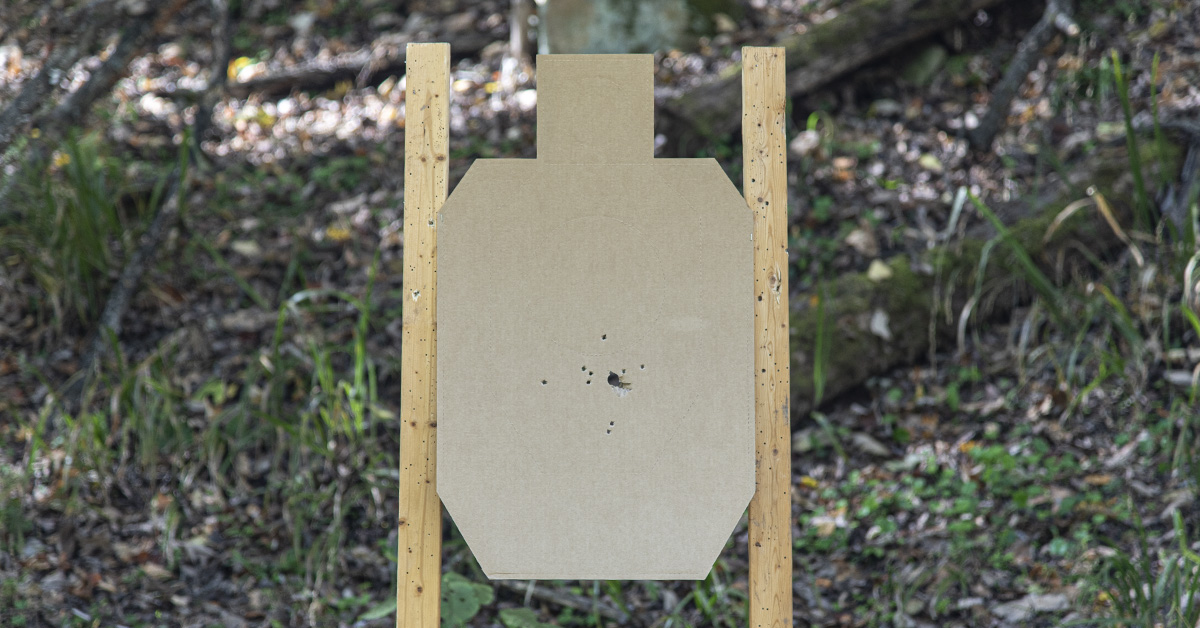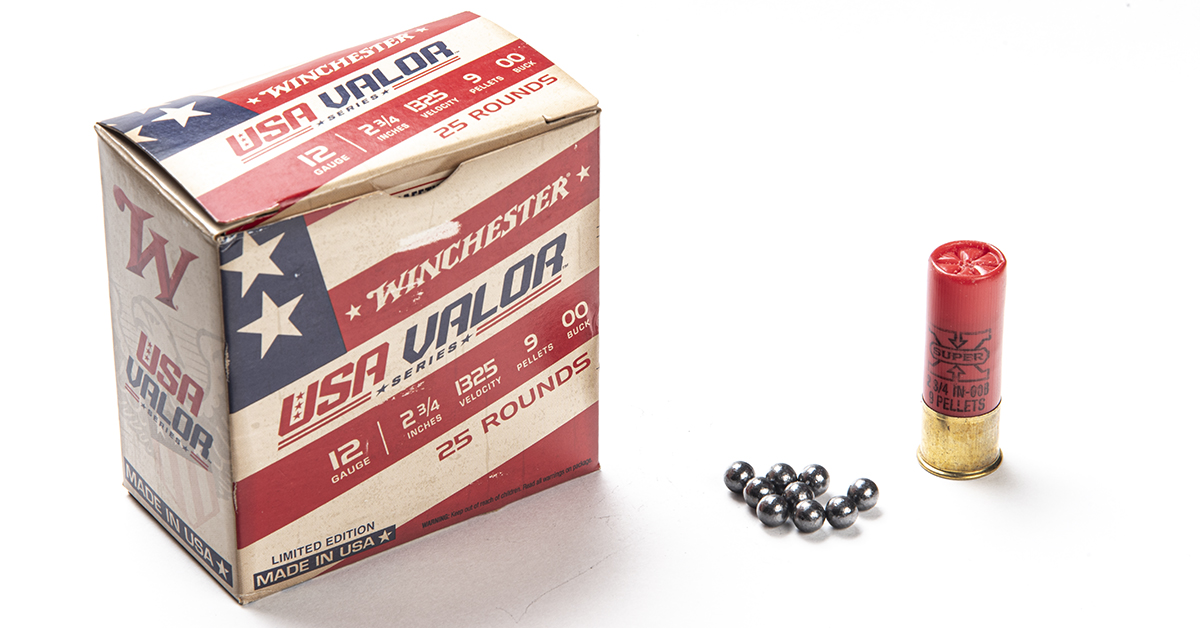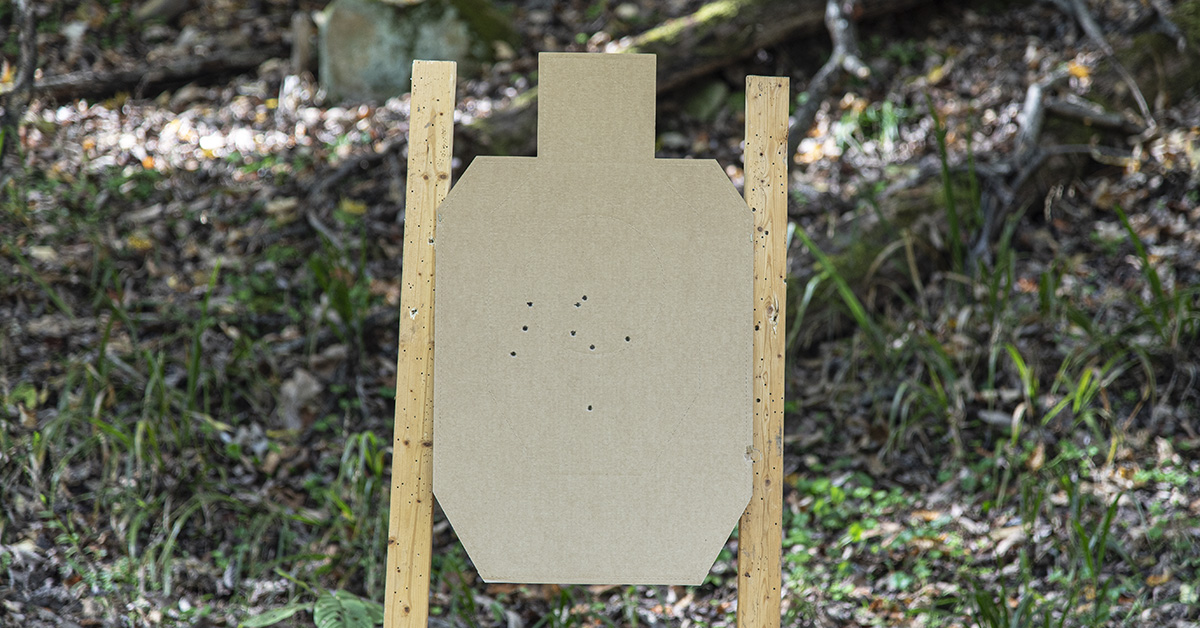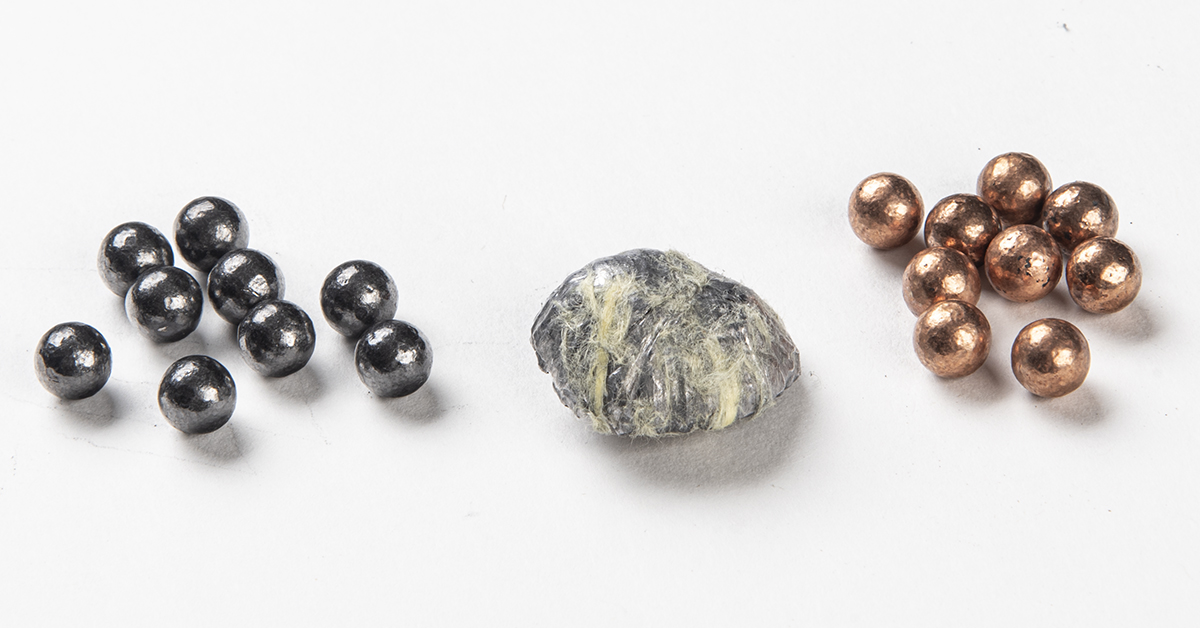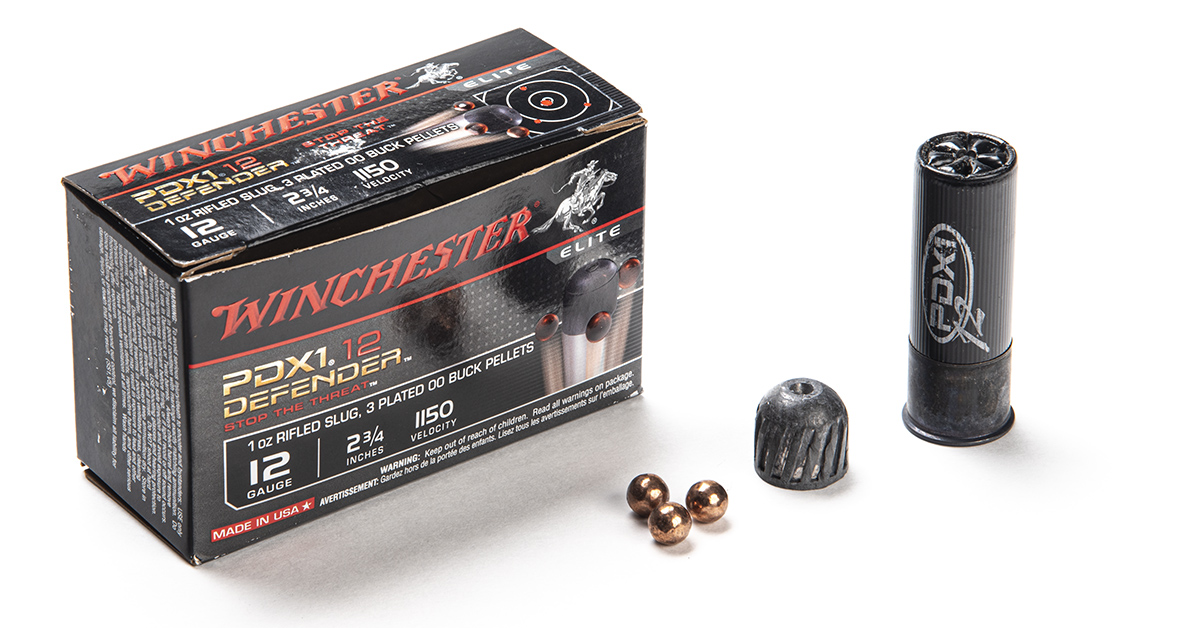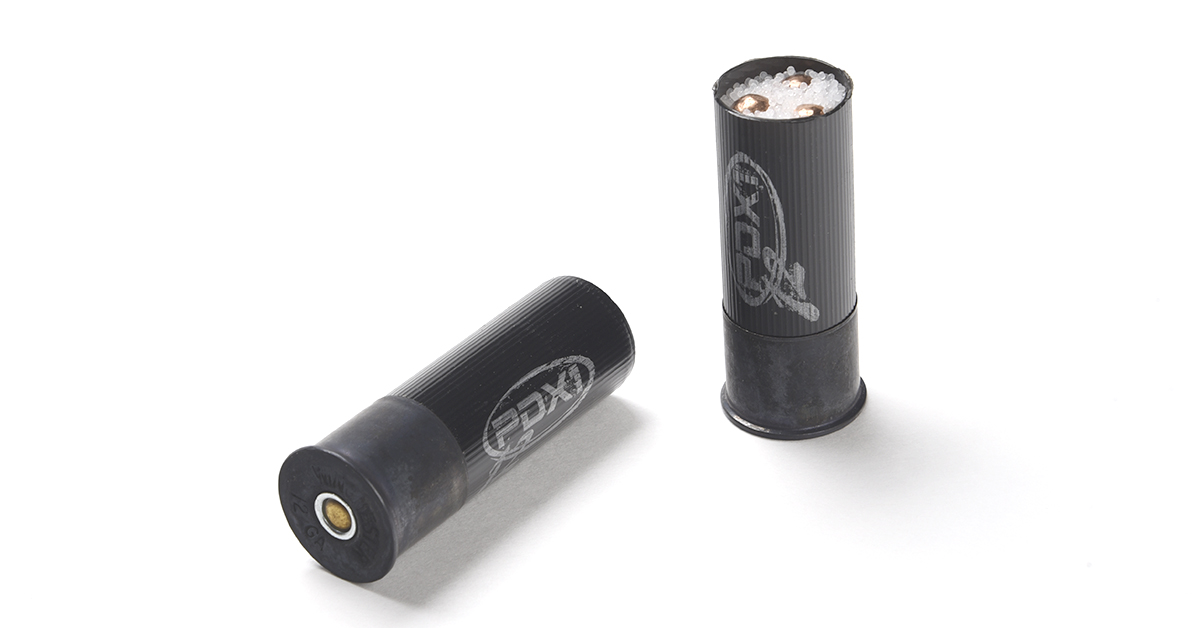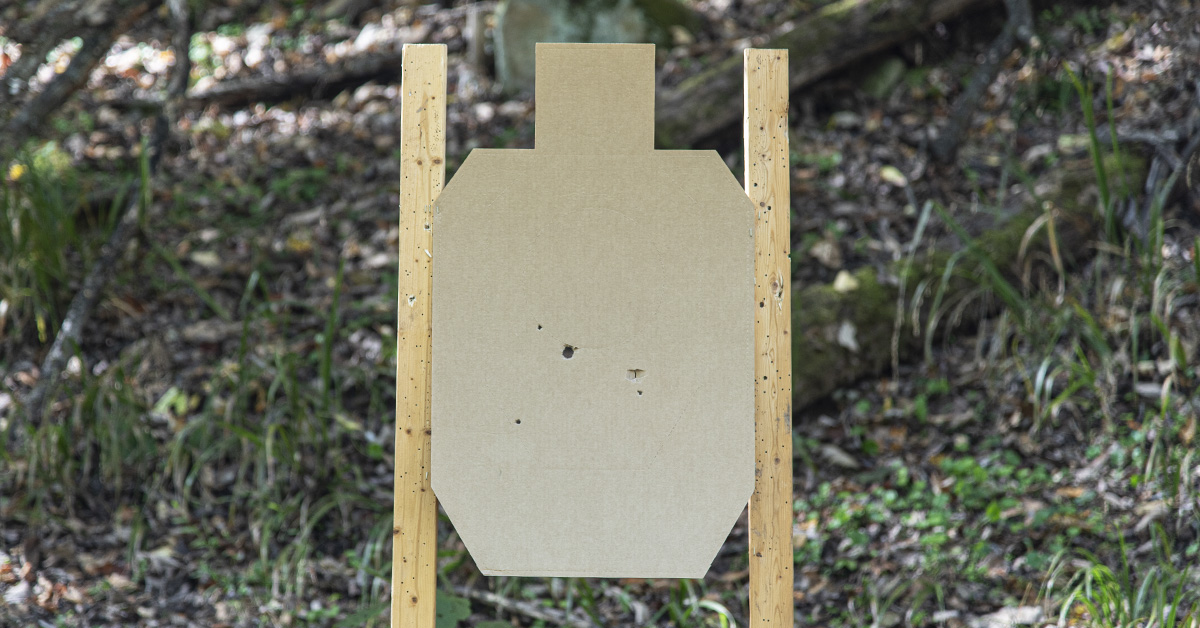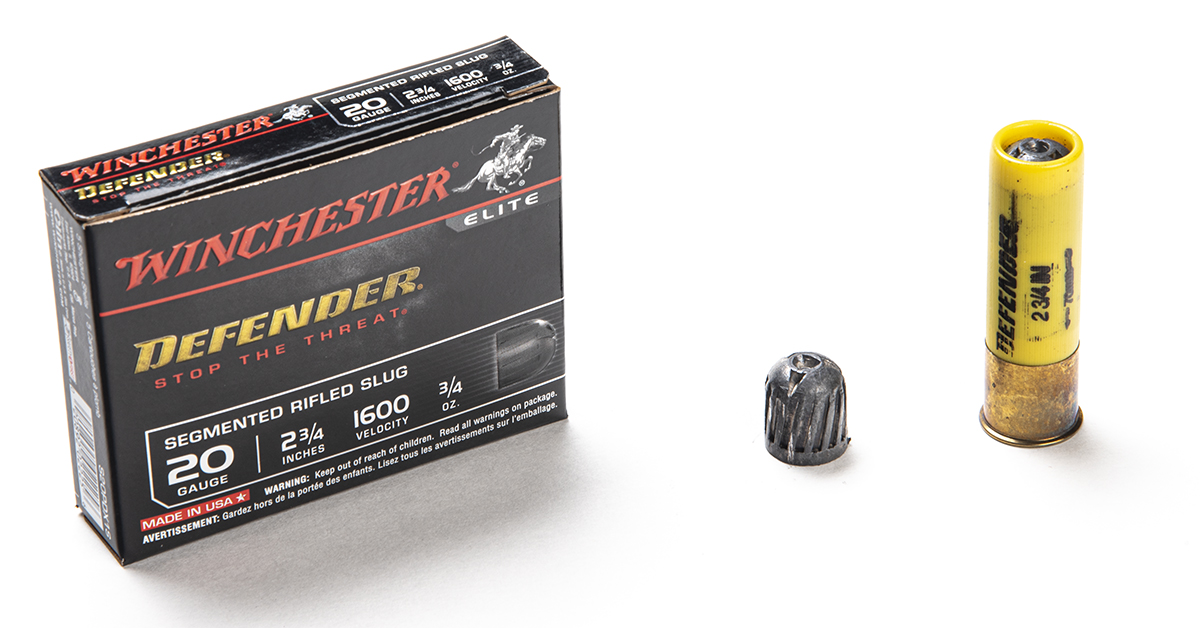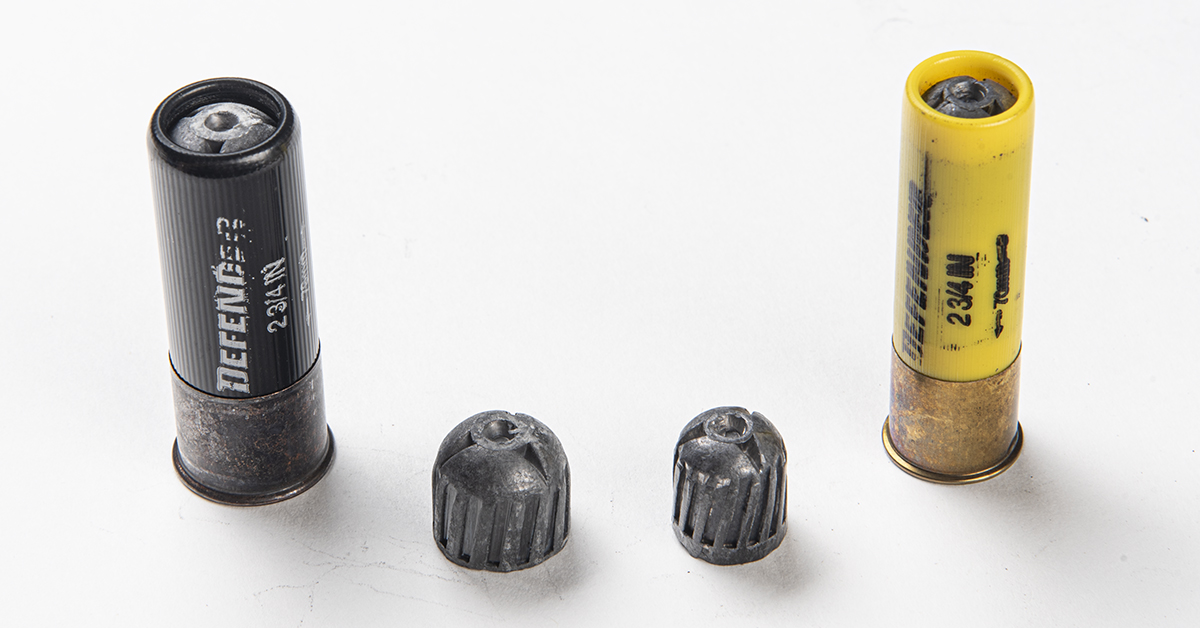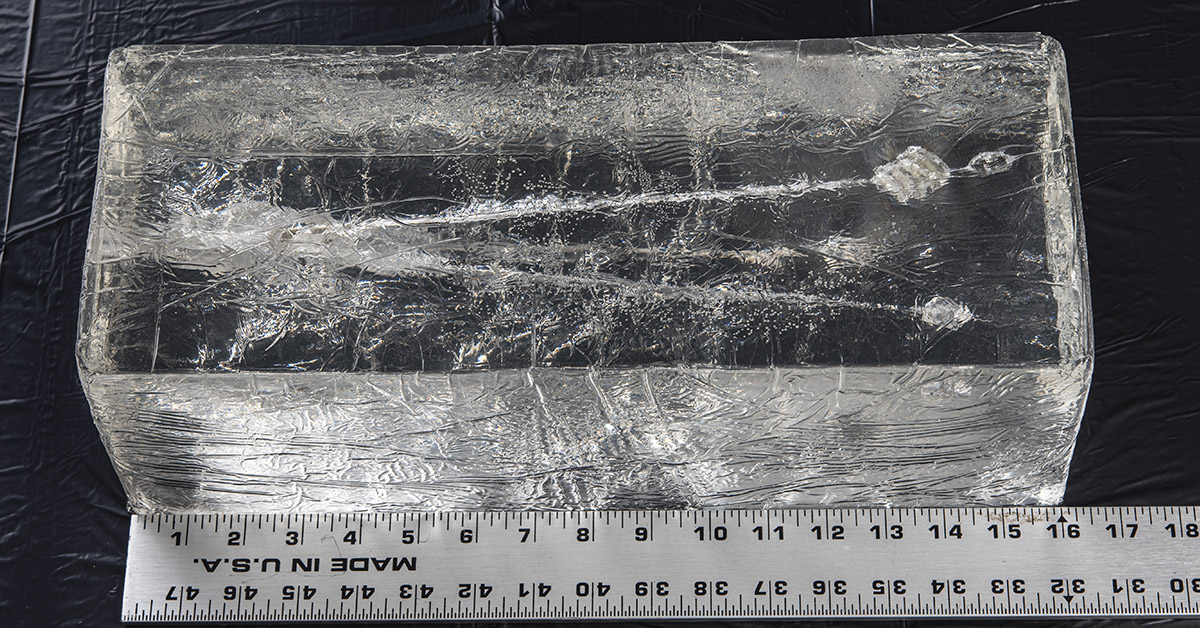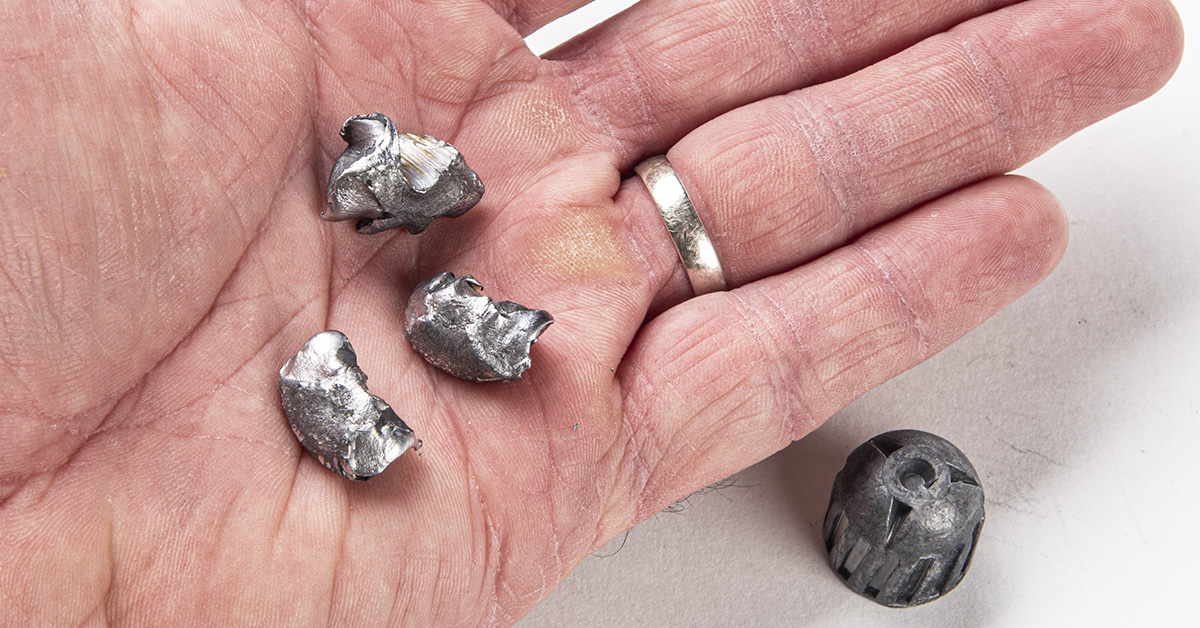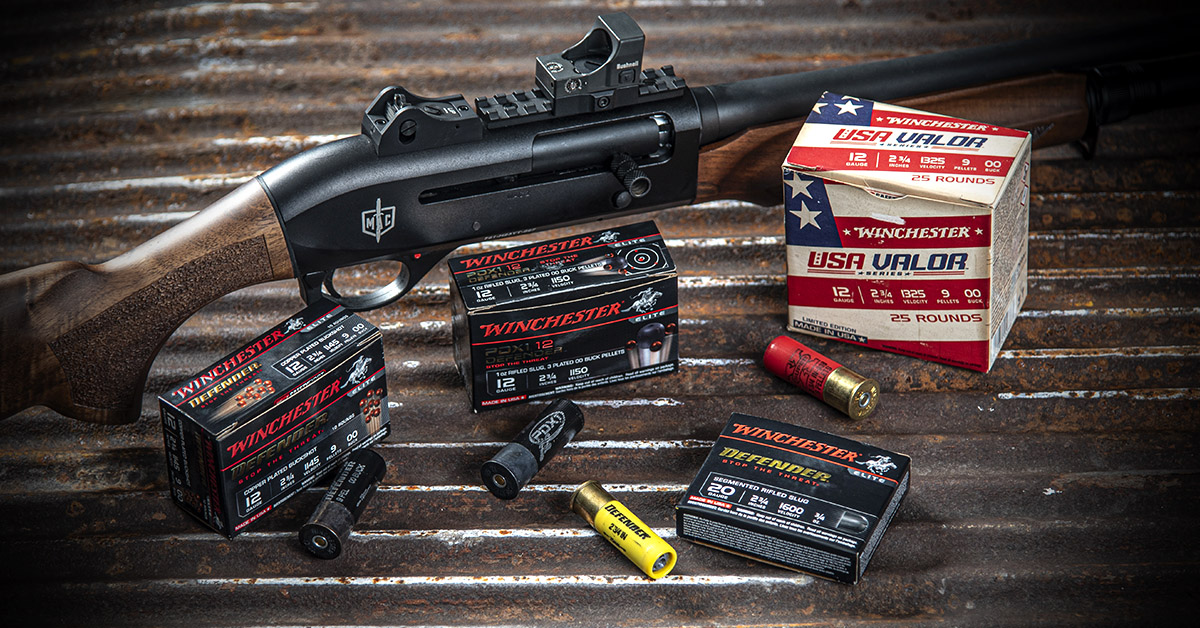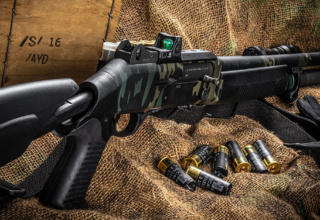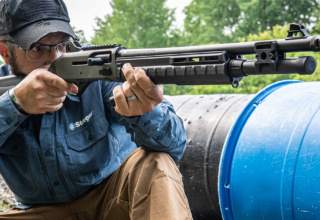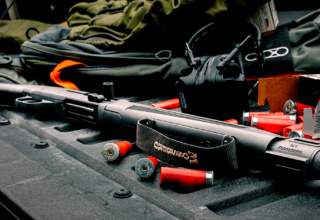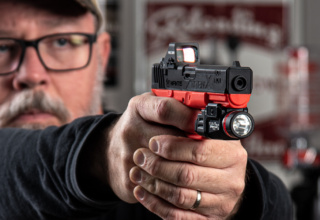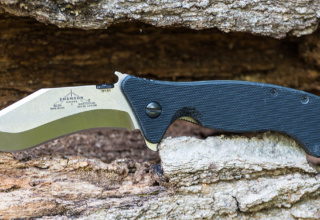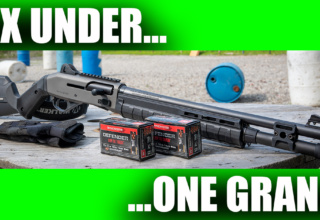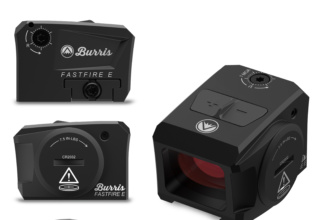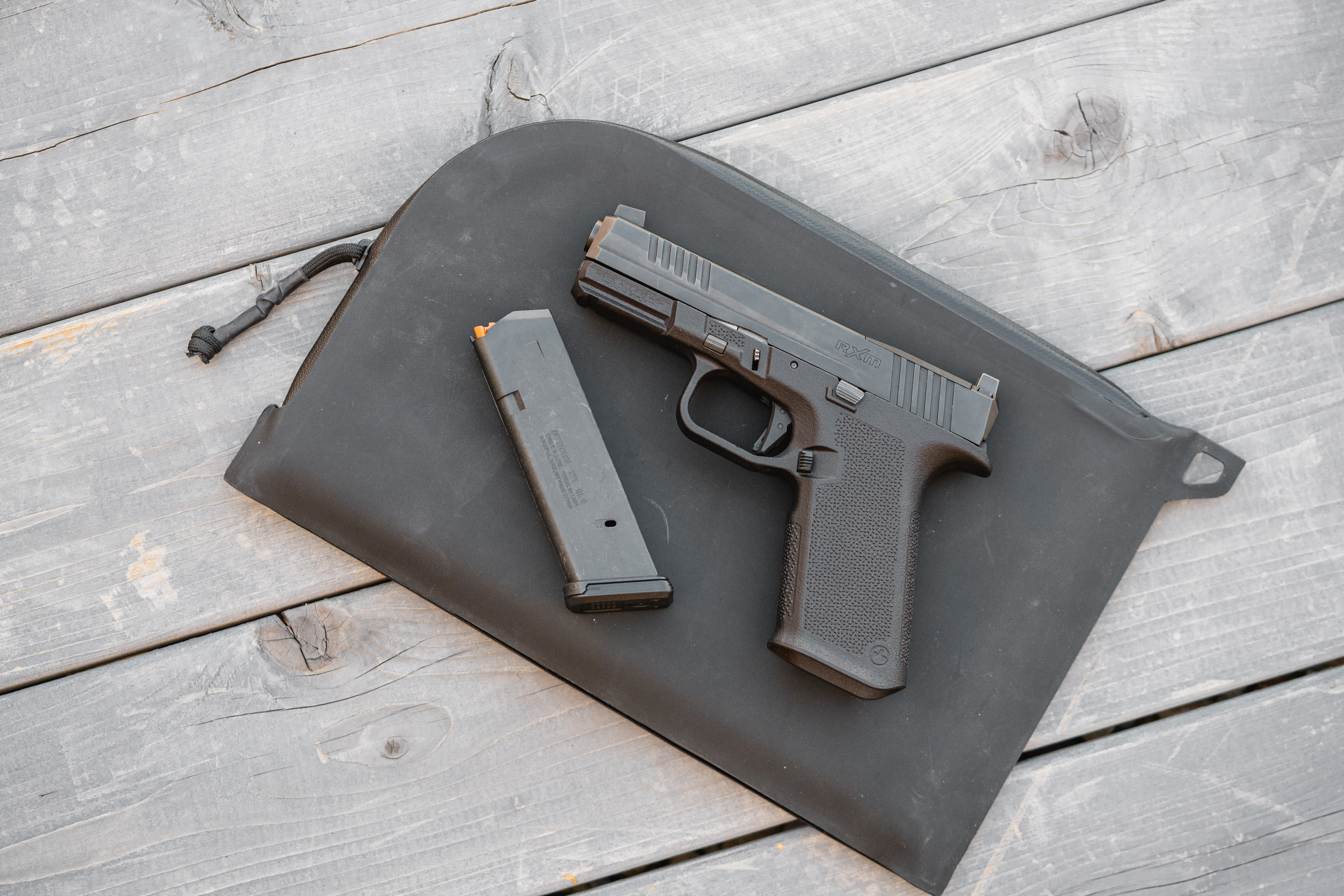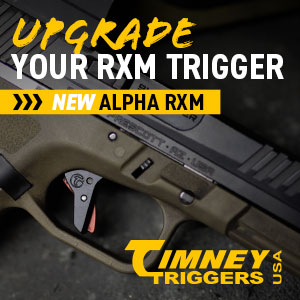Winchester serves up not only standard fare in defensive shotgun ammo but also a couple of interesting twists that delivered some eye-raising performance in our testing
by Rob Reaser
At this writing, the 2024 presidential election is a little over two weeks away. Bearing in mind the nonsense that occurred in the half-year leading up to the last big election and the increase in brazen lawlessness that has impacted both our major and minor population centers in the ensuing four years, thoughts naturally embrace a hint of uncertainty of how things might soon become. As defensive-minded homeowners and law-following citizens, it makes sense to use this abbreviated cushion of time to ensure we are prepared for what may come.
That put my thoughts onto defensive shotgun ammo. It has been a while since we took a deep dive into this pool, so I wanted to look at the offerings from one company — Winchester.
Unlike centerfire rifle and handgun cartridges, there is not a huge amount of diversity when it comes to defensive shotgun loadings. The parameters are pretty much defined by what projectiles can be efficiently delivered by a short-range, smoothbore firearm that will result in the essential terminal results — that being to stop dangerous assailants in their tracks. Overall, defensive shotgun ammo typically calls on two proven projectiles: 00 buckshot or rifled slug. Both serve up decisive terminal performance for medium-size game animals as well as for threatening two-legged varmints.
Winchester offers three different loads covering both projectile types under its Defender brand. These include a segmented rifled slug, a 00 buckshot load, and a hybrid load consisting of a conventional rifled slug combined with 00 buckshot. Having never tested any of these Defender loads, I acquired some of each, grabbed my 18-inch barrel Mossberg 500, and headed to the home range to engage silhouettes and to conduct a more detailed performance test using a gel block.
Winchester Defender 00 Buckshot (#SB1200PD)
There is not much to say about 00 buckshot as a personal defense load that hasn’t already been said. Nine .33-inch, 51-grain balls hurling downrange anywhere north of 1,100 fps is going give the results you are looking for in a short-range defensive firearm. The size, weight, and velocity of a quality 00 buckshot loading will get the job done in kind of engagements you would expect in a home environment or around the homestead.
Defensive buckshot commonly is offered in three varieties — lead, copper-plated lead, or nickel-plated lead. The idea behind plating the lead is twofold. First, the plating, which is harder than the lead core, is intended to mitigate pellet deformity as the pellets travel down the shotgun barrel. Minimizing deformity should, in theory, provide for a tighter payload as it travels downrange.
Does it work?
To compare apples to apples, I fired the copper-plated Winchester Defender 00 buckshot (1,145 fps) at 10 yards.
The resulting pellet spread was 5.75 inches.
Next up was Winchester’s USA Valor lead 00 buckshot (1,325 fps). These pellets have no coating.
The pellet spread at 10 yards for the non-plated lead was 7.0 inches. That spread is 1.25 inches wider than that of the copper-plated load.
How much did the USA Valor load’s 180 fps faster speed play into the wider dispersal is anyone’s guess. Maybe nothing, maybe everything. Take these results as you like, but this test certainly hints that copper-plating may well be a factor in holding a tighter shot column than non-plated lead. That wouldn’t be a huge deal at typical indoor defensive ranges. Take it outside, though, where the distance to the target may be greater, and that tighter shot column starts to count for something.
The second idea behind shot plating is penetration. Having peeled lead out of ballistic material on several occasions, I can verify that lead does tend to grab and load up with fibers rather easily whereas copper jackets and plating do not.
At center is a 1-oz. Winchester Defender segmented rifled slug I dug out of a Level III A+ ballistic panel. Notice how the fibers stick to the lead. That tendency of lead to stick to clothing fibers creates drag that can reduce penetration. Copper- (right) or nickel-plated buckshot can boast a slight edge in clothing/medium penetration compared to bare naked lead pellets (left) due to reduced drag and friction.
So, for my money, copper- or nickel-plated pellets are the optimal choices for defensive buckshot ammunition.
Winchester Defender PDX1 12 Rifled Slug w/3 Plated #00 (#S12PDX1)
A more interesting defensive shotgun load offered by Winchester is the PDX1 Defender. Here, three copper-plated 00 buckshot pellets pair with a 1 oz. rifled slug in the shotshell.
As anyone who has hunted large game animals with a shotgun will readily attest, a hit with a slug is a stone-cold stopper. But that devastating terminal performance also demands precision aiming that is no different than when shooting a handgun or a defensive rifle.
To expand the “hit potential” or maybe the “wound potential” in a close-quarter defensive environment, Winchester added three 00 buckshot pellets that sit atop the slug. This is modern-day equivalent of the traditional “buck-and-ball” load used in the smoothbore muzzleloader days. In that bygone load, three small pellets were added to the larger cylinder bore ball to increase the chance of soldiers hitting more than one opponent per shot in an incoming enemy line.
Winchester loads the buckshot pellets on top of the rifled slug and fills the void with a granulated buffer. The buffer is intended to protect the pellets from deformation by the slug when the expanding gas slams the slug forward in the barrel.
I admit to being somewhat skeptical of this round before firing the first load. I couldn’t see how the three buckshot pellets could maintain anything close to an optimal pattern even at close distances because it seemed to me as if the domed slug would simply push them out of the way like a billiards break once they left the muzzle.
As it turned out, the buckshot held to a minimal dispersal at the 10-yard testing distance. Measuring the pattern size, the buckshot revealed a 7 1/8-inch spread — that’s a mere 1/8 inches greater than the Winchester USA Valor 00 buckshot loading. In other words, the pool ball theory was decisively debunked. Call me surprised.
Winchester Defender Segmented Rifled Slug (#S12PDX1S)
Now, this is the one that I really looked forward to testing — the Winchester Defender Segmented Rifled Slug.
Offered in both 12- and 20-gauge, this is a unique round in that, unlike most rifled slugs that perform like a sledgehammer when they hit the target, the segmented rifled slug is molded with scores inside and outside that promote expansion and segmentation upon terminal impact.
The scoring (Winchester calls it “programmed notching”) is designed to cause the slug to separate into three segments upon impact. The idea is to create multiple wound channels instead of just one big one, and to promote effective wound channeling should the shot be off the intended mark.
For this test, I used a 16-inch block of ballistic gel, shooting the 12-gauge round (1 oz. slug, 1600 fps). The slug performed exactly as advertised. It entered the gel about one inch before initiating separation into three distinct wound channels. The deepest fragment penetration was 15 inches; the shallowest was 13 inches. The fragmentation spread was 5×3 inches.
Cutting the block and weighing the fragments revealed a weight retention of about 93%. Impressive. Given the slug’s initial 440-gr. weight, that is a heaping bunch of energy delivered into the target. The fragment weight averaged 142.4 gr. each. That’s nearly the equivalent of launching three rounds of .357 Magnum 145-gr. into the target simultaneously. And let me tell you…those are some downright nasty bits of lead to be hurling through bone and soft tissue.
Not to be alarmist or anything, but right now is the time to take stock of your ammunition needs because we are heading into yet another uncertain moment in American history. Perhaps you bought a shotgun dedicated for personal and home defense in the last few years but never acquired and tested the optimal ammunition for your needs. If so, Winchester has some interesting offerings that might do the job.
And if you want to give that wicked segmented rifled slug a try, you better start your search now. It took me multiple phone calls to everything from small firearms dealers to box stores and a Bass Pro Shop within a 60-mile radius to find it.

